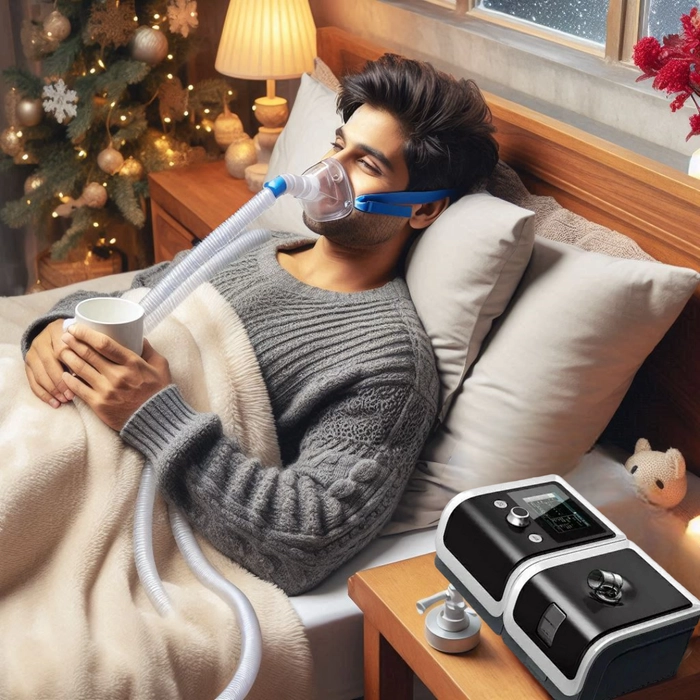A hospital bed at home provides significant advantages for both the patient and their family by improving comfort, care, and convenience. It facilitates better day-to-day management of the patient’s needs and supports faster recovery. Here's how it helps:
1. Enhanced Comfort and Safety for the Patient
- Adjustable Features: Hospital beds allow the head, foot, or height to be adjusted, ensuring optimal positioning for rest, eating, or medical treatments.
- Pressure Ulcer Prevention: Specialized mattresses can reduce the risk of bedsores for patients who are bedridden.
- Fall Prevention: Rails and other safety features minimize the risk of falls, especially for elderly or immobile patients.
2. Easier Day-to-Day Caregiving
- Simplified Caregiver Access: Adjustable height settings make it easier for caregivers to assist with tasks like bathing, dressing, and administering treatments.
- Convenient Hygiene Management: Features like tilt adjustments allow for cleaning or changing linens without moving the patient excessively.
- Facilitates Medical Equipment Use: Beds are compatible with IV stands, oxygen therapy, and other necessary medical devices.
3. Promotes Faster Recovery
- Optimal Resting Positions: Adjustments support better breathing, circulation, and reduced muscle strain, aiding recovery for conditions like surgery, injuries, or chronic illnesses.
- Improved Sleep Quality: Patients are more likely to get restful sleep, which is essential for healing.
- Injury Recovery Support: Helps immobilize certain body parts while allowing comfortable rest and movement.
4. Supports Mobility and Independence
- Ease of Getting In and Out: Adjustable heights allow the patient to get in and out of bed more easily, promoting a sense of independence.
- Gradual Mobility Transition: The bed can assist in sitting up or standing, helping patients regain strength during recovery.
5. Reduces Strain on Family Members
- Minimized Physical Effort: Family caregivers can handle the patient’s needs without excessive physical strain, thanks to ergonomic adjustments.
- Improved Mental Well-Being: Knowing the patient is in a safe, comfortable environment reduces stress and emotional burden.
6. Cost-Effective Care at Home
- Hospital Alternative: Reduces the need for prolonged hospital stays while providing similar levels of comfort and care.
- Prevent Complications: Proper positioning and care at home can reduce the likelihood of complications, saving on future medical costs.
7. Supports Specialized Care Needs
- Chronic Illness Management: Ideal for patients with conditions like arthritis, stroke, or heart failure, where bed adjustments significantly enhance comfort and therapy.
- Post-Surgical Recovery: Promotes healing with positions tailored for specific procedures or pain relief.
8. Encourages Emotional Well-Being
- Familiar Environment: Patients heal better in the comfort of their homes, surrounded by loved ones, reducing feelings of isolation.
- More Family Time: Families can spend quality time together while ensuring the patient’s needs are met.
9. Customization and Advanced Features
- Multi-Position Settings: Tailored configurations for eating, sleeping, or reading can enhance the patient's daily activities.
- Technology Integration: Some beds offer features like remote controls or monitoring systems for easier management.
By combining medical-grade functionality with the comfort of home, a hospital bed significantly eases the caregiving process, enhances the patient’s quality of life, and creates an environment conducive to quicker recovery.

